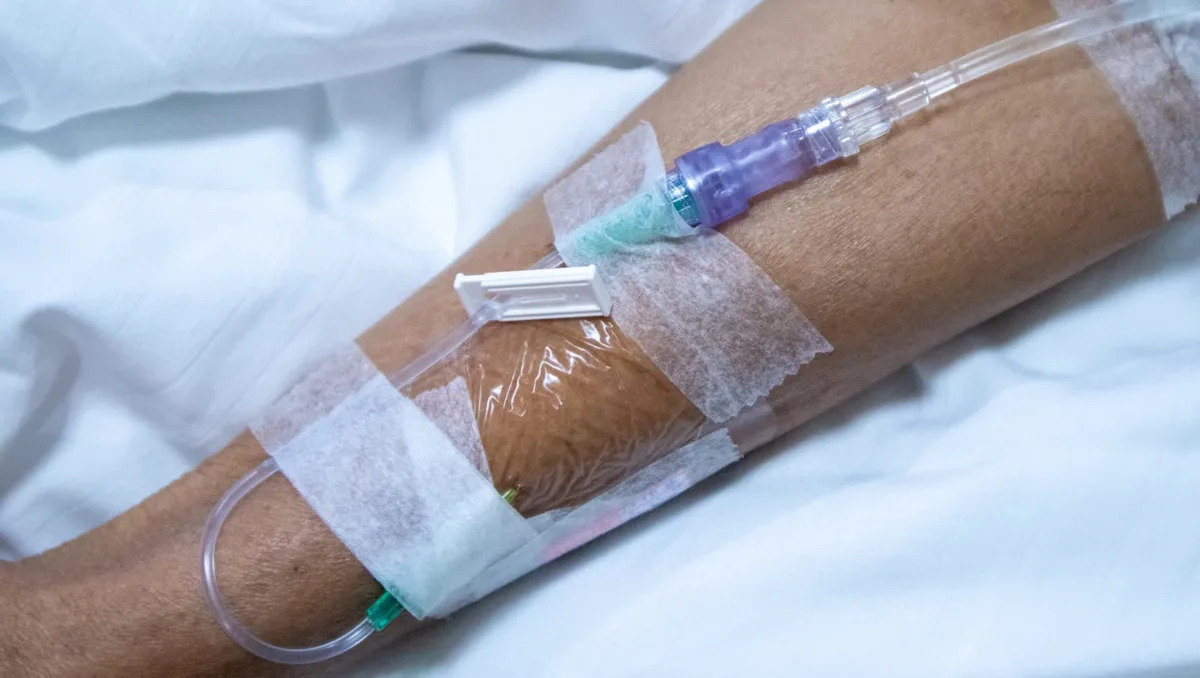As a dangerous, mosquito-borne virus spreads across the globe, researchers are scrambling to combat its spread and predict where and how the next outbreak will take place.
However, they are finding it tougher to track the disease than anticipated.
What’s happening?
A study from the University of Notre Dame, published in the journal Science Advances, examined 86 different outbreaks of the chikungunya virus in the hopes of discovering patterns in how the disease spreads to treat it more effectively.
Chikungunya is a tough virus to pin down; while it’s spread by mosquitoes, its patterns tend to be tough to analyze on an individual outbreak basis.
“Chikungunya outbreaks are unpredictable in both size and severity,” said Alex Perkins, the Ann and Daniel Monahan Collegiate Professor of infectious disease epidemiology in the Department of Biological Sciences, and co-author of the study.
“You can have one outbreak that infects just a few people, and another in a similar setting that infects tens of thousands. That unpredictability is what makes public health planning — and vaccine development — so difficult.”
Why are chikungunya outbreaks concerning?
Chikungunya is a serious disease spread by mosquitoes. It is most frequently seen in tropical climates, where the species of mosquito that can carry the pathogen, Aedes aegypti or Aedes albopictus, are commonly found.
According to the Centers for Disease Control and Prevention, symptoms include fever and joint pain, and while the infection typically passes after a week or two, joint pain can be debilitating and last for several months.
As the planet warms, and those tropical areas spread further north and south, so too have the disease-carrying mosquitoes. This study showed that while warming weather is one factor in determining where outbreaks happen, predicting severity is more about access to preventative measures.
“Climate factors like temperature and rainfall can tell us where outbreaks are possible, but this study shows that they don’t help very much in predicting how severe they will be,” Perkins said.
“Local conditions matter — things like housing quality, mosquito density, and how communities respond. Some variation is simply due to chance. That randomness is part of the story, too.”
What’s being done about chikungunya?
There are two vaccines effective against chikungunya, but they aren’t widely available, particularly in areas where outbreaks are a concern.
Researchers need to be able to predict where outbreaks are more likely to happen in order to effectively test new forms of vaccines and to ensure that the available supplies go where they’re needed.
As global temperatures rise and the mosquitoes that carry these diseases spread further and further, studies like this will go a long way toward helping to prevent chikungunya’s spread.
Join our free newsletter for good news and useful tips, and don’t miss this cool list of easy ways to help yourself while helping the planet.
First Appeared on
Source link













